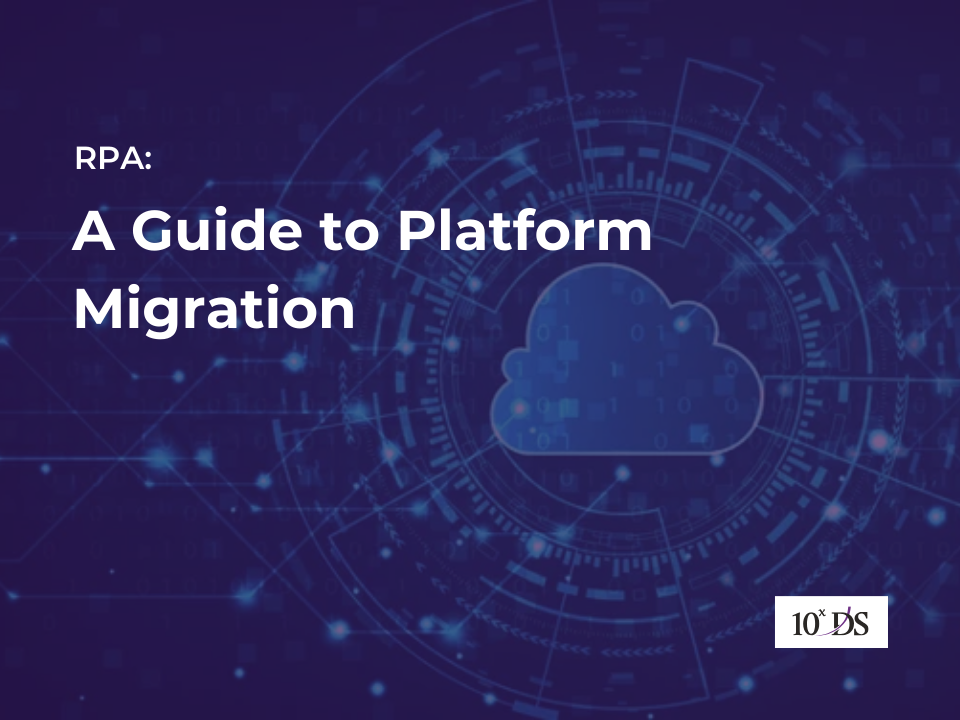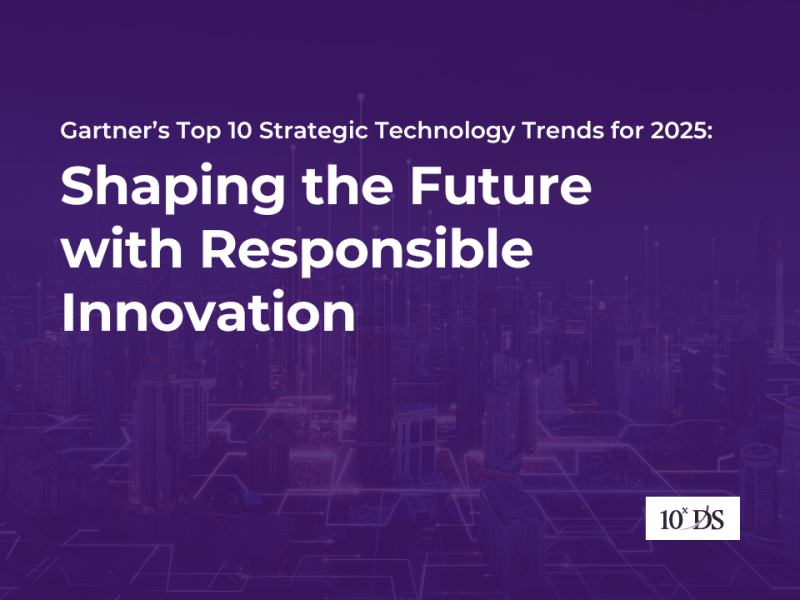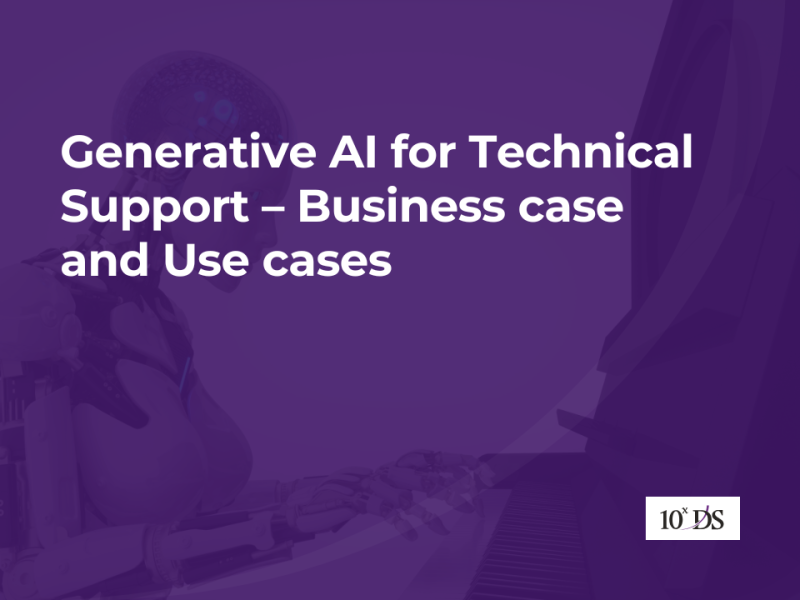
RPA: A Guide to Platform Migration
In the ever-evolving landscape of technology, businesses find themselves at the crossroads of innovation and necessity. Robotic Process Automation (RPA), once the beacon of efficiency and automation, now demands a strategic re-evaluation. As organizations mature and technological advancements march forward and AI-driven automation is taking centre stage, the imperative to evaluate platforms for AI features and migrate RPA platforms that offer them in the most efficient way, emerges as a pivotal decision. Migration is a transformative journey ensuring that the symphony of automation remains in harmony with the dynamic needs of the enterprise.
The Need for Migration
The quest for innovation and efficiency propels organizations toward the realization that the RPA landscape is not static; it’s a dynamic ecosystem. The need for migration stems from the desire to escape the clutches of obsolescence. Outdated features, scalability limitations, and the siren call of advanced functionalities beckon organizations toward a new AI driven RPA horizon.
Assessing Current Infrastructure
Before setting out on migration, a comprehensive assessment of the existing RPA infrastructure is paramount. This needs to include mapping the current constellation of bots, processes, and integration. Understanding the intricacies of the current state not only defines the journey ahead but also reveals potential challenges and opportunities for optimization.
Choosing the Right Platform
Selecting the right RPA platform should be based on compatibility, scalability, ease of use, and the ability to navigate the uncharted waters of emerging technologies—these are the compass points guiding the decision-making process. A careful selection ensures not just a successful migration but sets the course for future innovations.
Planning the Migration
Plotting the course for migration involves crafting a roadmap that charts the entire journey. Timelines, milestones, and a strategic framework become the navigational tools, steering the organization through the change. A well-orchestrated plan minimizes disruptions, ensuring a smoother transition from one platform to the next.
Data Migration and Validation
Migration involves seamlessly transferring data from the old platform to the new one. The intricacies of data migration involve meticulous validation to guarantee accuracy. The validation process ensures that each data point travels flawlessly into its new home, minimizing the risk of errors.
Retraining and Skill Development
As the organization prepares to set sail, the crew—your RPA development team—requires a recalibration of skills since the principles of automation remain, but the nuances change. Retraining becomes the compass, guiding the team through the nuances of the new platform. Skill development propels the team toward mastery of the advanced functionalities offered by the upgraded RPA platform.
Testing and Quality Assurance
Testing becomes the litmus test, scrutinizing every bot’s performance and the coherence of end-to-end processes. The spotlight is on quality assurance, ensuring that the migrated platform not only meets but exceeds performance expectations.
Managing Risks and Mitigations
Risks like downtime, data loss, disruptions to business operations etc need to be managed well. Organizations need to be prepared with contingency plans and actions.
Post-Migration Support and Optimization
This is the ongoing activity, where continuous support ensures the processes run smoothly, addressing any hiccups that may arise. Optimization becomes the ongoing fine-tuning, leveraging the advanced capabilities of the new platform to their fullest potential. It’s the perpetual commitment to excellence, ensuring that the RPA symphony resonates at its highest frequency long after the migration is complete.
There are a few RPA re-platforming solutions in the market that help organizations migrate their automation estate faster, cheaper, and more efficiently than manual redeployment. One such solution is Blueprint’s RPA re-platforming solution. This solution uses a common object model (COM) to ingest and convert bots from any origin platform and sync them directly with the target RPA tool. It also helps improve the entire lifecycle of the bots by connecting them to dependencies, centralizing RPA governance, and managing change proactively. Blueprint claims that it can reduce re-platforming costs by 75% and switch RPA platforms 3x faster. Organizations may also need to leverage the services of RPA professional services providers for consulting and migration services using their expertise and resources. They can help organizations with the analysis, design, development, testing, and deployment of the migrated bots.
In conclusion, the process of RPA platform migration is a strategic journey that organizations embark upon to ensure their automation systems align with evolving business demands. Each step, from evaluating existing infrastructure to post-migration support, is akin to a carefully plotted course navigating through challenges and opportunities. It’s not merely a technological shift but a proactive stance in adapting to the ever-changing landscape of automation. As we wrap up this guide, envision the migration process as a roadmap, steering businesses towards a future where RPA seamlessly integrates with operational needs, driving efficiency and innovation.
Talk to our experts to know more.


